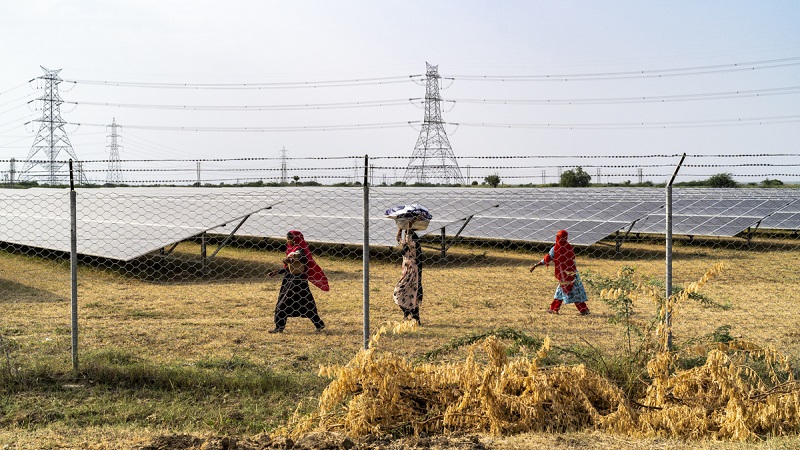The polysilicon challenge
Manufacturing solar modules from imported cells requires low capital expenditure and India’s cheap labour makes it well-placed to scale the industry, Satyendra Kumar, who began researching solar power in the 1980s and later spent years in the industry, told Climate Home.
But going down the supply chain to produce wafers, ingots, and polysilicon, “the process becomes capital intensive and the technology risk is high,” said Sunil Rathi, director at Waaree Energies, another leading solar panel manufacturer, which recently raised funds to make solar components.
The production process is also more energy-intensive and “the cost of energy and power in India is high. That is why India never really got into making polysilicon, ingots or wafers,” added Juzer Vasi, founder of the National Centre for Photovoltaic Research and Education, at the Indian Institute of Technology Bombay.
But “no matter how expensive, it makes sense for us to try to do it, purely from the point of view of energy security,” Vasi told Climate Home.
Still, this is a tall order. India’s production of polysilicon, ingots, and wafers must be scaled up from virtually zero at the start of 2023.
Despi
Read More

